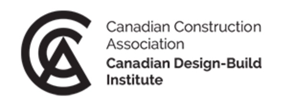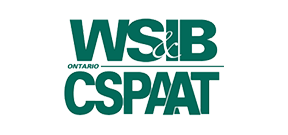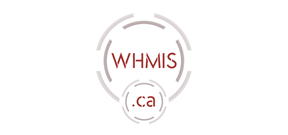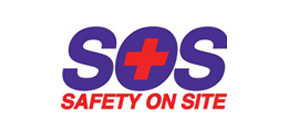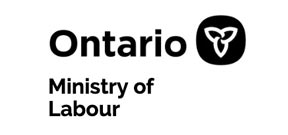
Office Moving Checklist – 3 Things You Absolutely Must Do
The most important aspect of moving your office is staying organized, and having an office moving checklist to make the process as smooth as possible.
Congratulations! You have found the perfect space for your office, everything is signed and cleared and you are ready to go. Except there is one slight snafu…you have to figure out the moving process.
Office moves are a wonderful sign of growth and success for businesses, but it comes at a price. Moving is definitely stressful, especially coordinating the logistics of it, but not impossible.
The most important aspect of moving is staying organized, and having an office moving checklist to make the process as smooth as possible. Here are some ideas and tips to inspire your checklist and make the moving process as easy as possible.
1. Set up a schedule and time frame
This may seem obvious, but office moves very often overlook this step. The first and foremost step in moving offices is establishing timelines, dates and goals for the move. Track milestones, such as furniture moves, IT moves and other aspects but make sure to have all your data centralized.
Create a blueprint for the move, set up a schedule with weekly to biweekly check-ins with key team members to get status reports. Set up a timeframe in which you would like the move to be completed, and make sure to communicate what your strategy is to make that happen so that no one is left in the dark.
2. Have your IT situation squared away first
One area that your business heavily relies on is IT, and therefore it must be developed for an office move is IT infrastructure. Where are the pain points that will need more management? Has the new office been evaluated for IT moving, and what will they need to ensure an easy transition?
Identify the server and telephone rooms in the new location and make sure to label the floor plan accordingly. Most importantly, you must confirm that server rooms are able to adhere to minimum requirements – whether it is electrical, security, cooling or a number of other issues. Cost for rewiring, both monetary and time-wise should also be factored into the move process.
3. Every aspect of furniture needs to be considered
Furniture may seem like a cumbersome set of items to move, but office moves are a good time to really examine the business’s furniture and see if it aligns well with the brand. Make sure to track each component of an office move when it comes to furniture: What needs to go to the next location, what will be donated, where will new furniture come from and what are the size and space limitations?
Furniture will either be discarded during office movings, or it will come with you. If you choose to bring old furniture with you, this means looking at a whole new set of questions such as how much moving will, and what the costs will be. Make sure to think through each piece of furniture separately and evaluate if it is needed and if it fits with the office brand.
These are just some of the checklist items that must be considered holistically and thoughtfully, in order to ensure a successful office move. For more information and for any questions about office moving, please do not hesitate to contact us.
Recent Posts

Want to Reduce Noise in the Office? Improve Your Acoustics

6 Of The Most Common Office Design Mistakes You’ll Want To Avoid

The Benefits and Drawbacks of Open Ceilings

3 MORE Upcoming Interior Design Concepts for the Office Space

Tips From a Commercial Contractor: The 5 Most Common Complaints About Office Design






